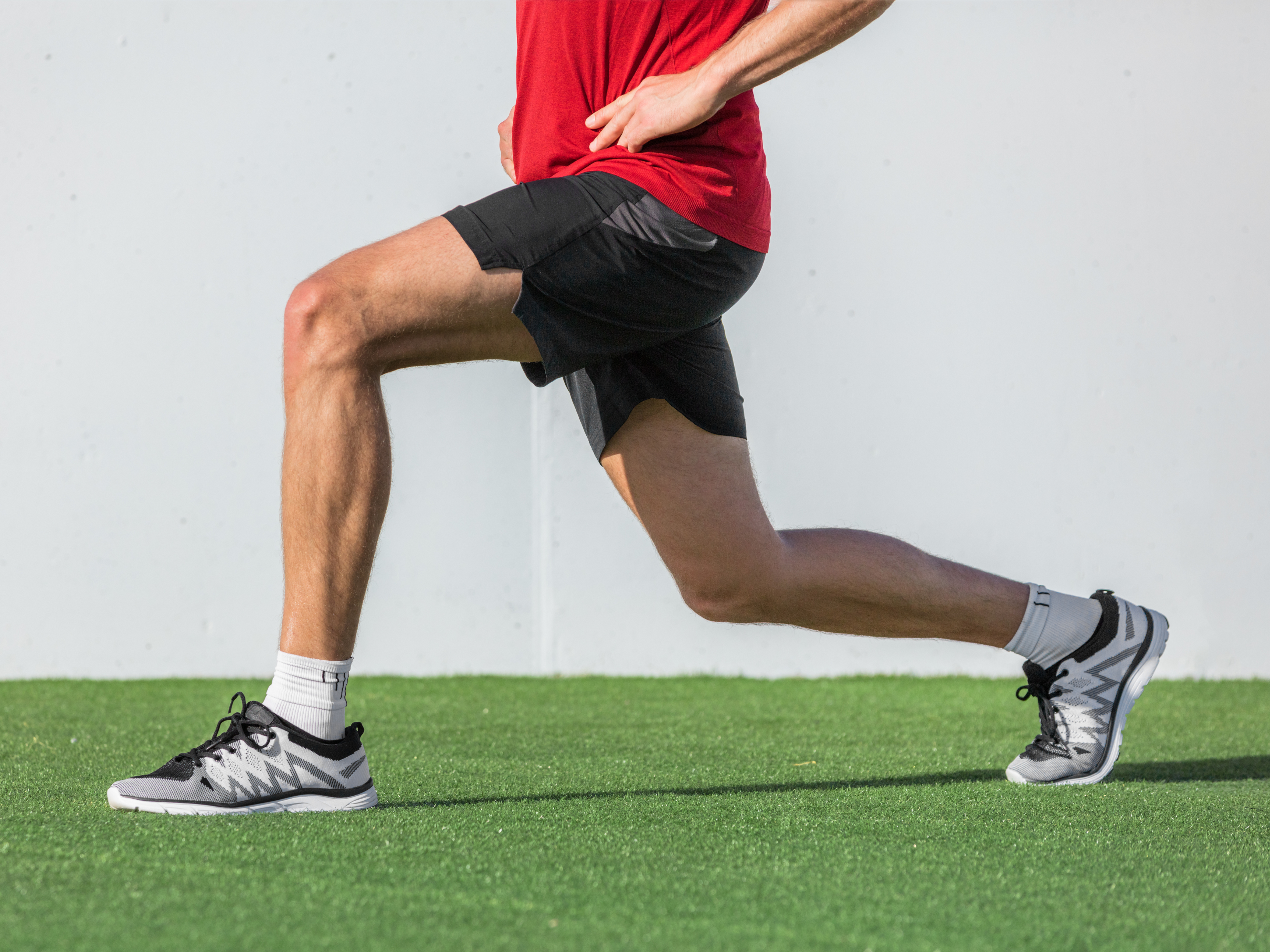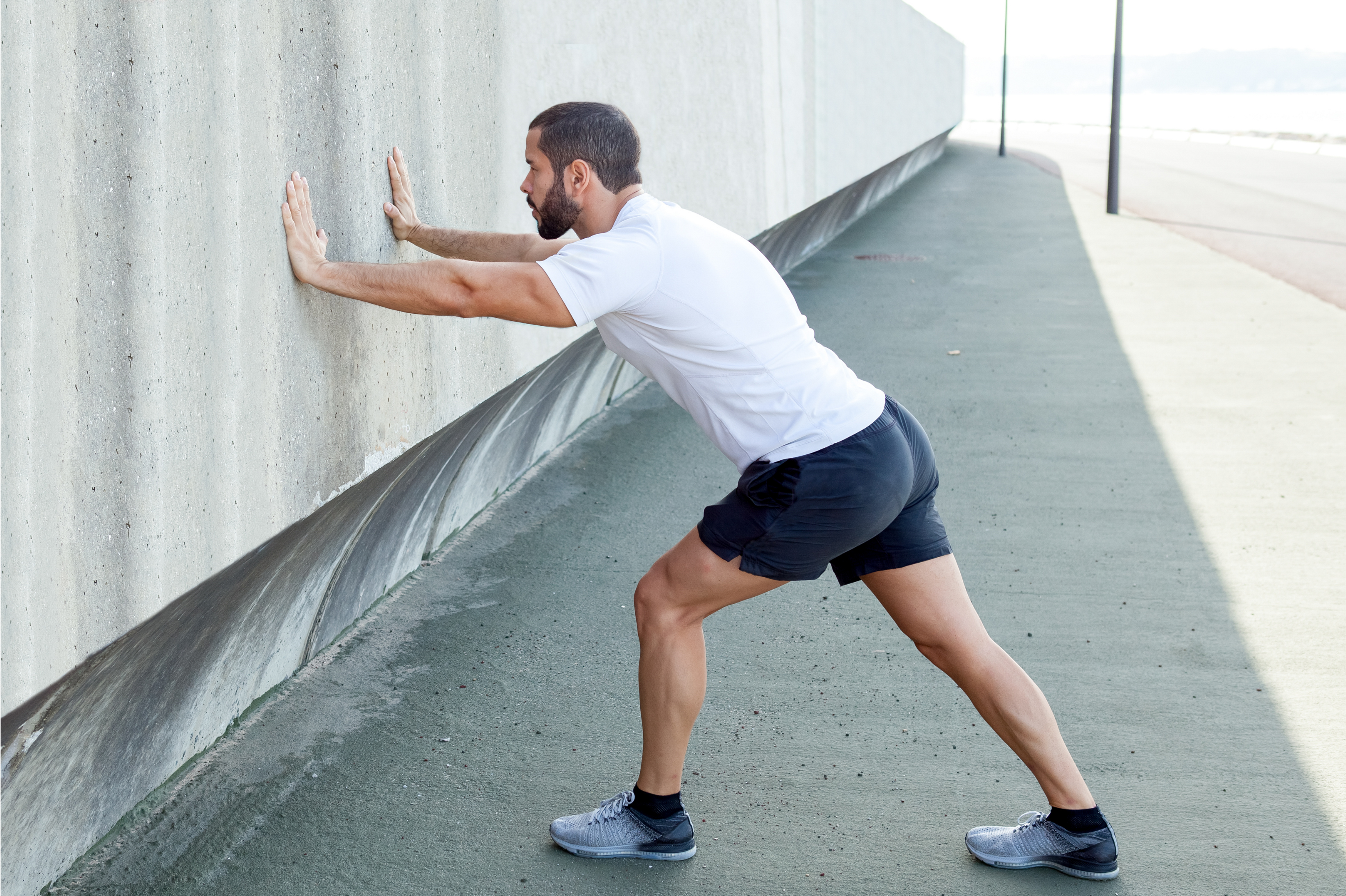Is forefoot strike running better than heel-striking?
You may have read that forefoot running can improve performance. Or perhaps you've been advised to change your strike pattern by a coach or medical professional to help ease a running injury.
The problem is that many people recommend this running style, and many others warn against it. So, what should you do?
Let's begin by clarifying what the different foot strikes are.
Foot strike patterns in running
Although, in theory, there are three distinct foot strike patterns, people often switch between them. Your strike pattern is usually task-specific and dependent on a host of other variables like your speed and the environment you're in.
Why people may recommend you change to a forefoot running pattern
There are two main reasons people recommend changing to a forefoot strike (or midfoot strike) pattern from a heel strike. They claim:
- It improves your running economy, and that
- Forefoot running has a lower risk of running-related injuries.
But are these claims valid? Let's look at what the research shows.
Is forefoot running more economical than heel-striking?
The research suggests not.
For a footstrike pattern to be crowned the most economical, it should use the least amount of oxygen and energy to get started and maintain throughout your run.
A recent literature review that looked at all the available research found little or no difference in oxygen or energy consumption between runners who habitually use forefoot- vs. heel-strike patterns.
As part of their review, the researchers also looked at how switching foot strike patterns affects running economy, i.e., What happens when you ask forefoot runners to run using a heel-strike pattern and heel-strike runners to run with a forefoot pattern?
The researchers found that heel-strikers reduced their slow- and medium-speed running economy by switching to a midfoot or forefoot strike pattern. It did not impact their fast-running economy.
If you're keen to improve your running economy, there are better, research-backed ways to do so.
Research-backed ways to improve running economy
Does forefoot running have a lower risk of running-related injuries than heel striking?
To form a running strike pattern, your foot, ankle, and leg must be positioned in a certain way. As a runner, these biomechanical differences between the different running styles matter. They determine how the forces are directed from the ground into your body.
The load (or impact) on the structures and muscles around your hip, knee, calf, and foot are affected by each foot strike pattern in a different way.
Specific foot strike patterns may have a lower impact on particular areas of the body, but they load other areas more.
So, each running style may predispose runners to different types of injuries and, from an injury prevention point of view, the research shows that no foot strike is better than another.
When you run with a heel strike pattern, the force is moved away from your foot and ankle but increases at your knee. When combined with other factors (like overstriding), it can increase your risk of developing knee injuries like patellofemoral pain syndrome or IT band syndrome.
With a forefoot strike pattern, the load is moved off your knee but added to your foot and ankle. This may predispose you to Achilles tendonitis, metatarsalgia (pain in the ball of your foot), and plantar fasciitis.
While your foot strike pattern may determine where your body carries the most load, training errors usually cause the injury — like neglecting recovery or ramping mileage up too quickly.
Our suggestion
The research clearly shows that there is no universally superior foot strike pattern. We suggest you choose whatever strike pattern feels most comfortable to you.
If you're looking for research-backed ways to improve your running performance and prevent injuries, check out the Mobility and Strength Training Plan for runners in the Exakt app. The App tailors the workouts to your fitness level and helps you plan your schedule to optimize recovery.



